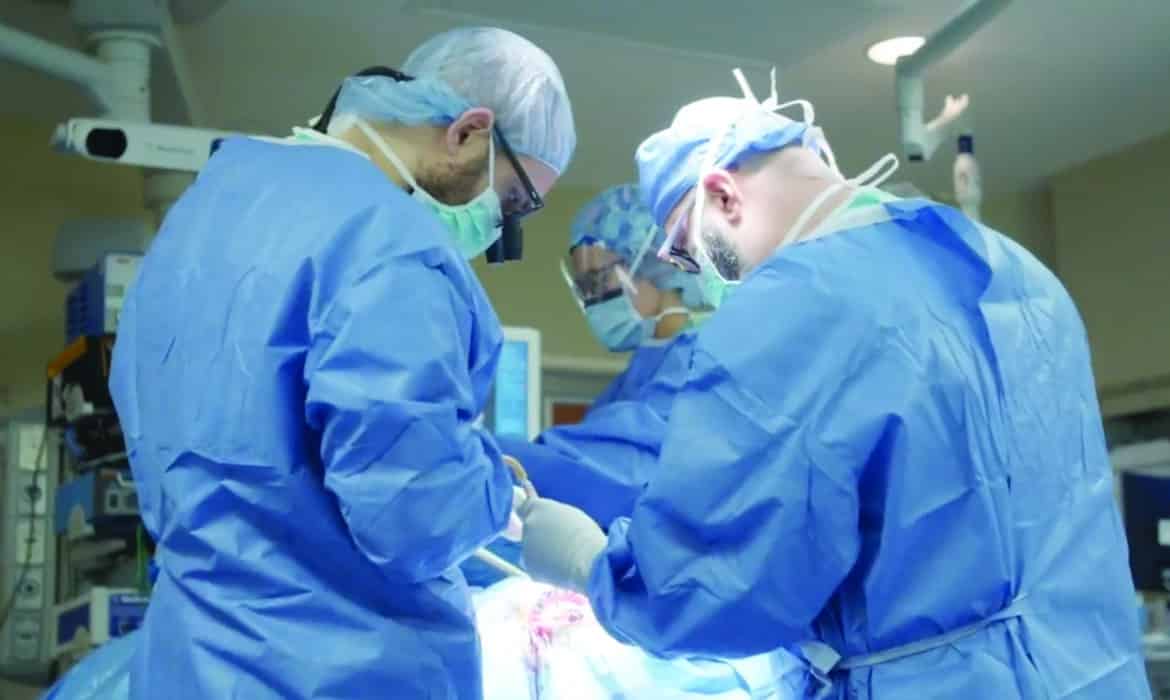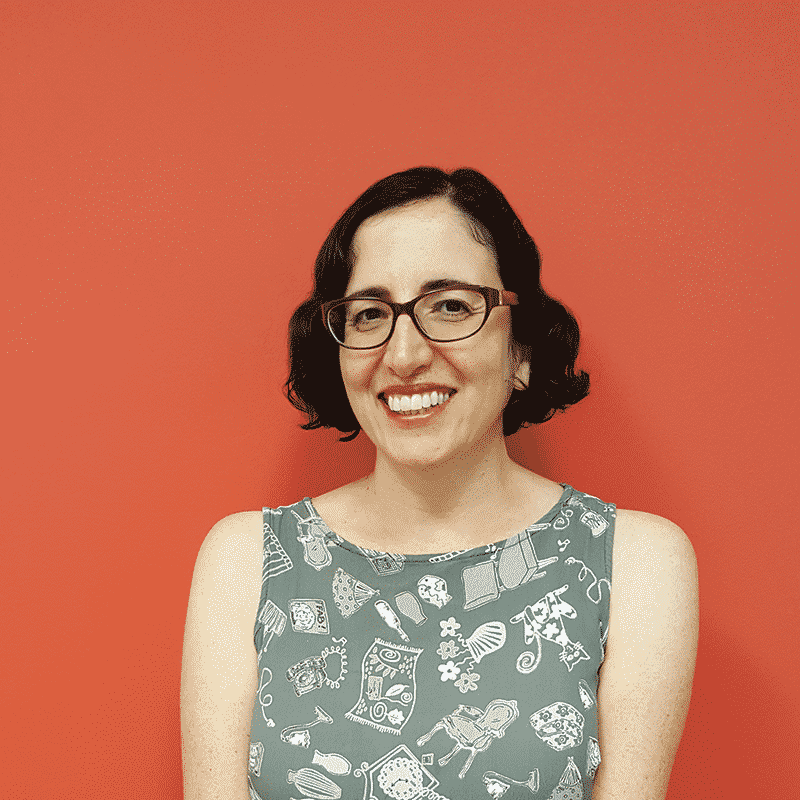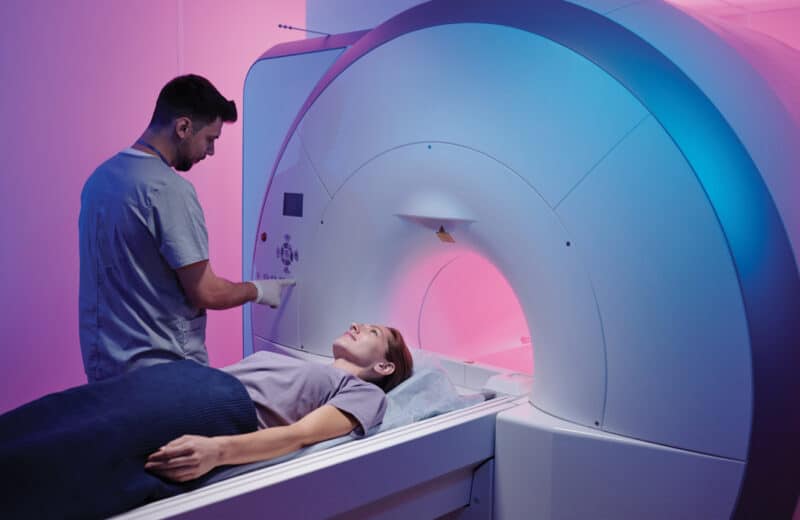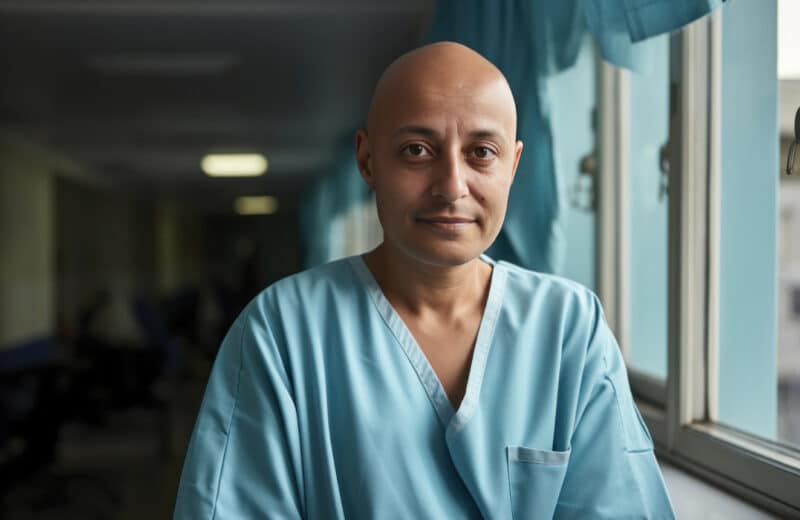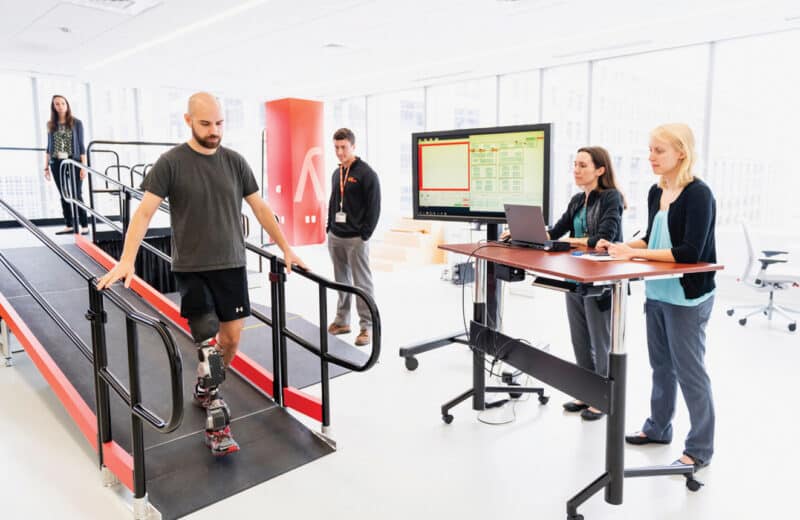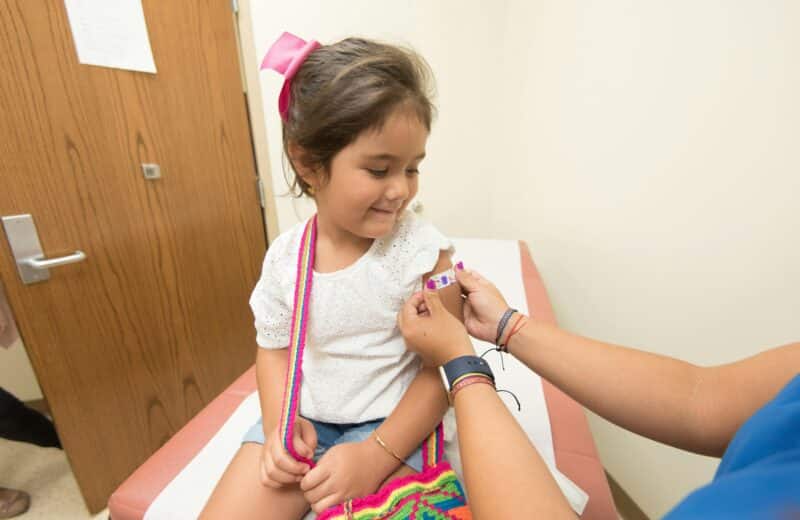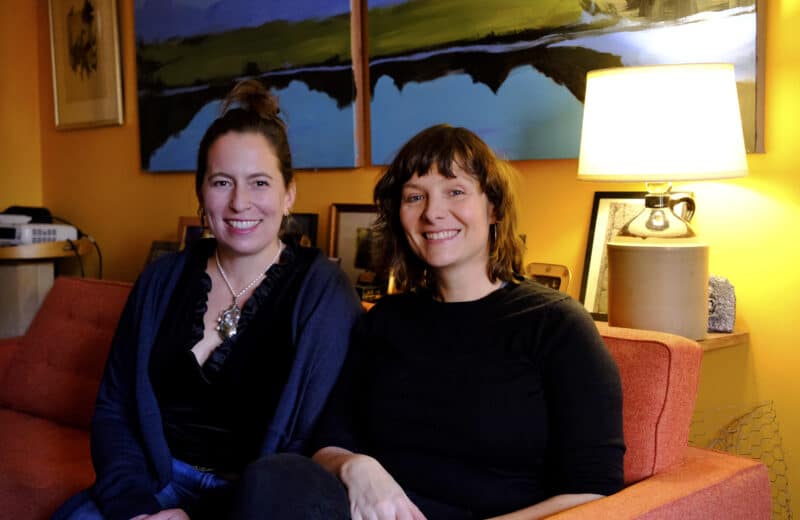Reconstructive plastic surgery heals…and beautifies
Look beyond the full lips, smooth skin and straight nose. Plastic surgery is about more than just a pretty face.
Reconstructive plastic surgery focuses on improving the functionality of life, above the pure aesthetics of cosmetic surgery. Some top plastic surgeons in the Chicago area go beyond tummy tucks, liposuction and breast augmentation to restore form and function, giving hope to people after they’ve had cancer, experienced a trauma or birth defect.
“Plastic surgeons are masters of soft tissue,” says Dr. Gregory Dumanian, chief of plastic surgery at Northwestern Memorial Hospital. “It’s reconstructive, but it’s aesthetic, too. It’s restoring the human form.”
Although reconstructive surgery falls behind cosmetic surgery in terms of sheer numbers, millions of people have reconstructive procedures each year. In 2010, 5.3 million reconstructive and 13.1 million cosmetic plastic surgery procedures were performed in the United States, according to the American Society of Plastic Surgeons (ASPS).
By far, the most prevalent reconstructive plastic surgery procedure was related to tumor removal. After that came laceration repair, scar revision, hand surgery and breast reconstruction following cancer, according to the ASPS.
“Anything that’s not bone is our responsibility to get to heal,” Dumanian says. “Working on extremities is what we do best.”
Reconstructive surgery can range from correcting a cleft lip and palate and treating carpal tunnel syndrome to wound care for individuals who have been severely burned and reconstruction of the jaw, throat and neck following cancer.
A lesser known surgery is abdominal wall reconstruction, like the repair of large ventral hernias. Ventral hernias occur after a previous surgery, such as bowel surgery, where the initial repair of the stomach muscles has not remained intact and the abdominal wall muscles no longer contain the intestines, stomach and liver. Surgeons like Dumanian use a permanent mesh to reinforce the central repair.
Modernizing our future, a groundbreaking procedure uses a bionic arm for amputees. The nerve signals that used to control the original arm are transferred to other local muscles. By taking the cut nerve endings and transferring them to intact muscles, which then give signals to the prosthesis, doctors can restore smooth, intuitive motion. In this bionic arm, there is nothing implanted; no wires and no batteries.
“We are improving people’s quality of life by doing these procedures. It gives them a sense of wholeness and hope,” Dumanian says. “It empowers them. They’re making the decisions. They can look at the before-and-after pictures and realize that if they take certain steps, they can get control of their own body back.”
At the University of Chicago (U of C) Medical Center, the plastic surgery department has its own burn unit that treats burns and complex wounds as well as burn scars and deformities, replacing skin with skin grafts and skin substitutes. Plastic surgeons provide care for patients who have sustained burn injuries from heat, electricity, chemicals, radiation, gases and thermal exposure. Experts in treating electrical trauma, U of C plastic surgeons are among the few in the world to specialize in treating patients suffering from the short- and long-term effects of electrical injury.
The U of C also has the busiest center for breast reconstruction in the Chicago area and the premier microsurgical reconstruction center in the Midwest, says Dr. David Song, head of plastic and reconstructive surgery and vice chair of the department of surgery at the U of C Pritzker School of Medicine. Patients have been known to travel across the country for Song’s skill.
For breast reconstruction, instead of relying upon implants, Song uses an advanced procedure called the deep inferior epigastric perforator flap (DIEP flap), which uses the skin and fat from a woman’s lower abdominal area to reconstruct a more natural breast without damage to the abdominal muscle. Since abdominal tissue is used, the woman gets a tummy tuck as part of the surgery.
The state-of-the-art procedure involves reconstructive microsurgery. A flap is elevated from one part of the body, without destroying muscles, and completely moved to another site, along with its blood supply. Tiny blood vessels must be moved with it and reconnected with sutures the size of a human hair.
The procedures inspire hope in patients.
“We see women when they are at the lowest of the low, right after they’ve been diagnosed with breast cancer,” Song says. “When a patient is first diagnosed with cancer, they just want it out. It’s almost a panic attack. Most women are not aware of their options. But they need to find a good team, ask them the right questions and take notes: ‘What will I look like after the surgery? What is it going to take to get there?’
“Using these highly sophisticated flaps, we’re able to give them a tummy-tuck result and use the skin and fat to reconstruct the breast. We’re able to restore a sense of femininity and womanhood in an aesthetically pleasing way. We see women come through this, and in many ways they come out feeling better than before. It’s transformative. I always tell people that, next to Oprah, we may have the best job. ”
Suzanne Zaccone, a Hinsdale resident, thoroughly researched her options before deciding on breast reconstruction.
“When I was diagnosed, I was completely taken by surprise. I was 50 when it happened. I had lots of life to live. After my breast was removed, I wanted to be back to life as soon as possible,” she says. Zaccone set up in-person interviews with five doctors at five different hospitals to choose a medical team.
She wrote a book, A Random Interruption: Surviving Breast Cancer with Laughter, Vodka, Smoothies and an Attitude, that provides a frank look at her breast cancer journey. Through the book, she has talked to many other women about breast reconstruction.
“No one tells them that they have an option—not even that they have two options,” she says. “But there are five options. There are five different ways that a woman can reconstruct a breast. Unless you hit the right group of doctors, you might not have all five options laid out for you. Also, many people don’t know that you can do reconstruction of a breast at any time. There is no time limit.”
Choosing a medical team gave her a feeling of empowerment. “A lot of it was how they handled my comfort level—I’m a medical chicken. A lot of it was how they answered the questions. If I would have gone to just one surgeon, I would have gone through their protocol. But I like to know what my options are. It was my decision.”
In the end, reconstructive surgery can promote healing—not just physical healing of the wound or surgery site but emotional healing because people can restore their self-esteem.
“I can be whole again,” Zaccone says.
Published in Chicago Health Summer 2011

